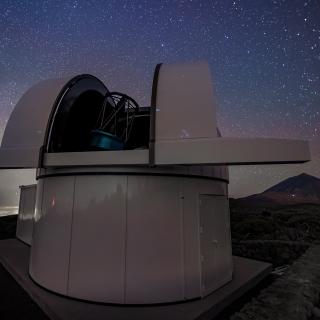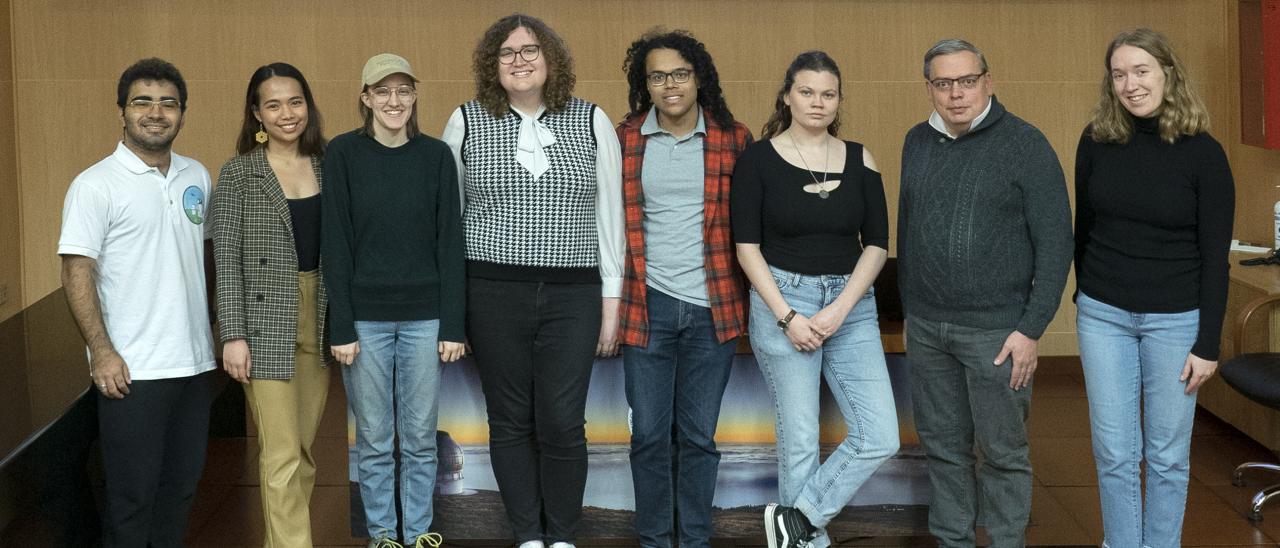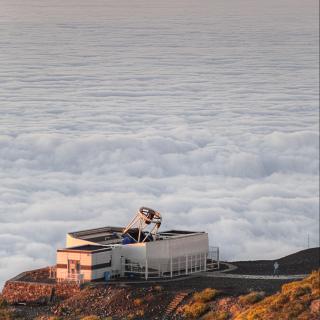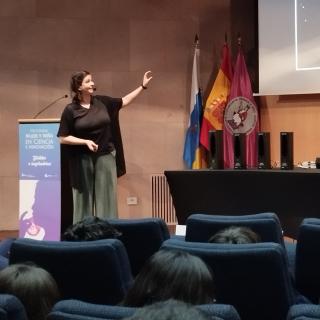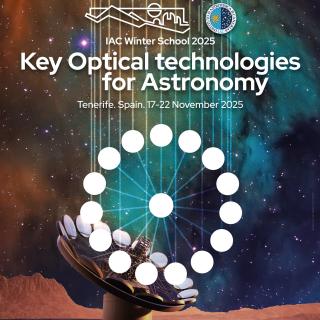In January the Teide Observatory was host, for the first time, to the “MIT Astronomy Field Camp”. This is a historic camp which the Massachusetts Institute of Technology (MIT) offers to its students of planetary sciences and observational astronomy with the aim of giving them real life experience of working in a professional observatory.
For three weeks the students of this prestigious institution had access to several telescopes at the Teide Observatory, with which they could take astronomical data for their research projects. At the end of their stay, in the Headquarters of the IAC in La Laguna there was a special event at which the students presented their results to the scientific staff.
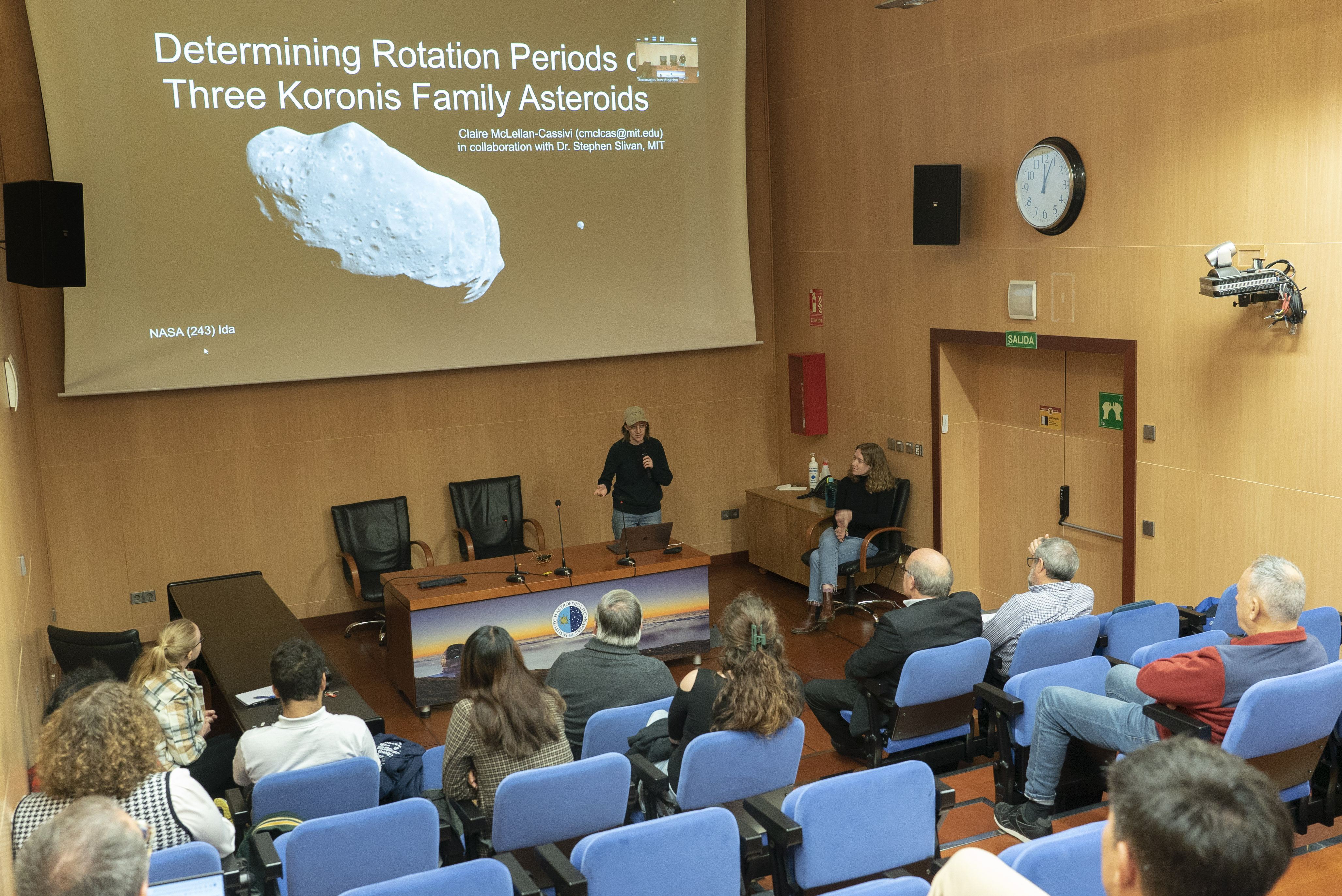
"The students need experiences like this to truly understand the field as it is practiced every day. Three weeks of practical experience at a professional observatory such as Teide gives them the opportunity to evaluate if this is the career path they want to follow.” explains Michael Person, Professor in the Department of Earth, Atmospheric and Planetary Sciences (EAPS), Director of the Wallace Observatory and chief instructor in the camp.
Members of the research and engineering staff of the IAC and the Observatory accompanied the students during their stay, with lectures and training sessions. “Nights staying up using the telescope and analyzing their resulting data are all incredibly valuable, but direct collaboration with the working astronomers of the IAC is when they learn many of their most valuable lessons” says Person.
This camp, which was held for the first time in 1984, had been held previously at the Lowell Observatory in Arizona. But thanks to the recent agreement between the MIT and the IAC, it has been consolidated via the installation at the Teide Observatory of the Artemis telescope of the SPECULOOS network, in which the MIT is a participant, new ways to collaborate have been opened, among them the possibility of hosting future editions of this camp at the Canary Observatories.
“The camp exceeded my expectations in almost every way” stated Person. “With the experience we’ve gained this first year, I’m already anticipating improvements to scheduling and logistics that will make everything run even more smoothly next year. Overall, it was a great success and I very much look forward to doing it again.”
The students thoughnt that their experience at the Teide Observatory was very positive, and some are considering the possibility of returning to continue their research career. “My experience here has shown me that the IAC is a wonderful place to do science, and I would love to come back at some point in the future” comments Kaylee Carden, who, during her stay, worked on the observation of transits of candidate exoplanets identified by the TESS mission, directed by MIT.
Claire McLellan-Cassivi, a student who devoted her period here to observe asteroids with the Carlos Sanchez Telescope (TCS) and the Two-meter Twin Telescope (TTT), shares the opinion of her colleague. ”I would certainly come back to the IAC for further work and observations. It’s been a fantastic experience and I’m going to miss getting to walk under the stars after dinner to the telescope that we are operating. The people here were also fantastic, and very welcoming.”
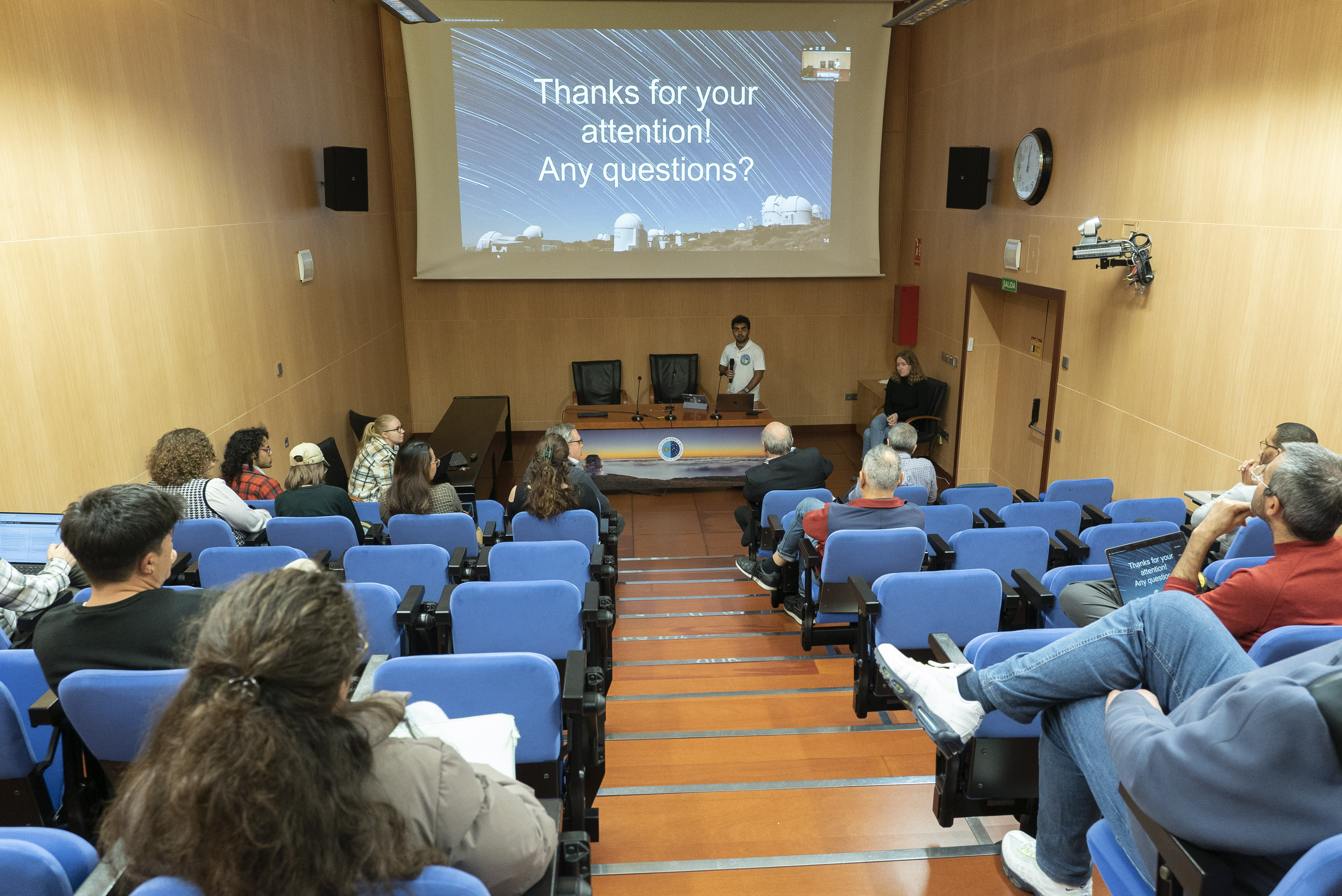
Orisvaldo Salviano Neto, who worked on the analysis of spectral data from one of the stars of interest for the SONG project, found particularly valuable the oportunity of experiencing what it means to be an astronomer. “Staying all night operating and monitoring telescopes was a great experience on the life of an astronomer, and helped me solidify even more my ideas of what I want to do in the future!"
Helena McDonald, who was working on the analysis of certain dwarf star systems, picks out the quality of the data obtained during her observations. “I really enjoyed getting to operate the CST telescope overnight - I had never seen a telescope operated entirely through terminal commands, and obtaining four color filters of data simultaneously using MUSCAT2 led to some very interesting and valuable results, particularly on Claire's asteroid project."
As well as working with the telescopes, the students had an opportunity to explore their surroundings. “I loved so many things about this island!“ noted Mohan Richter-Addo, a student working on the astrometric calibrations of the Artemis telescope. "The domes and scenery at the Observatory are incredible, and we got many pictures. Exploring the rest of the national park was amazing, and exploring the giant rock formations was breathtaking. We also visited La Laguna many times, and everyone here were incredibly welcoming!”.
